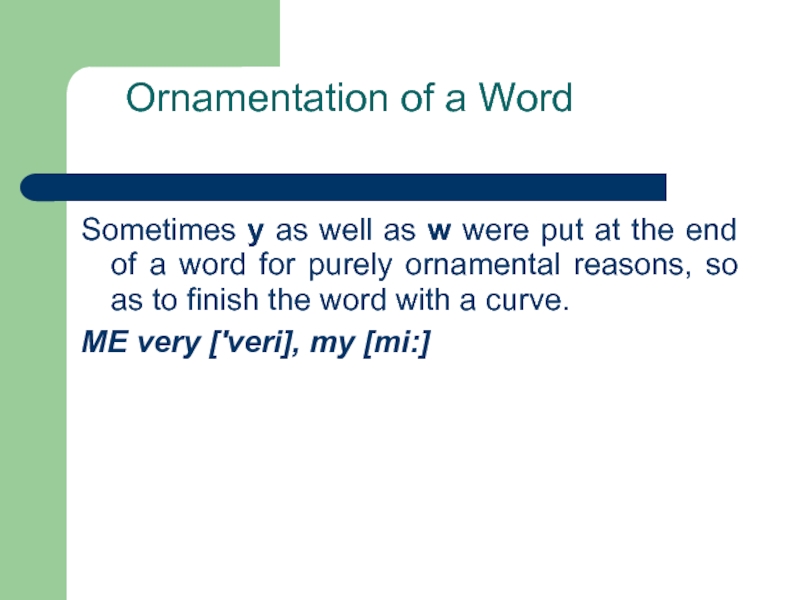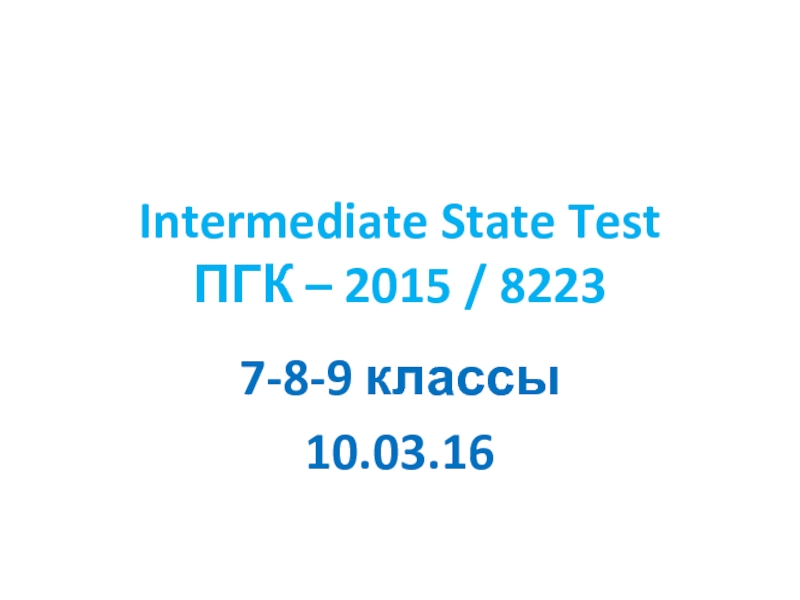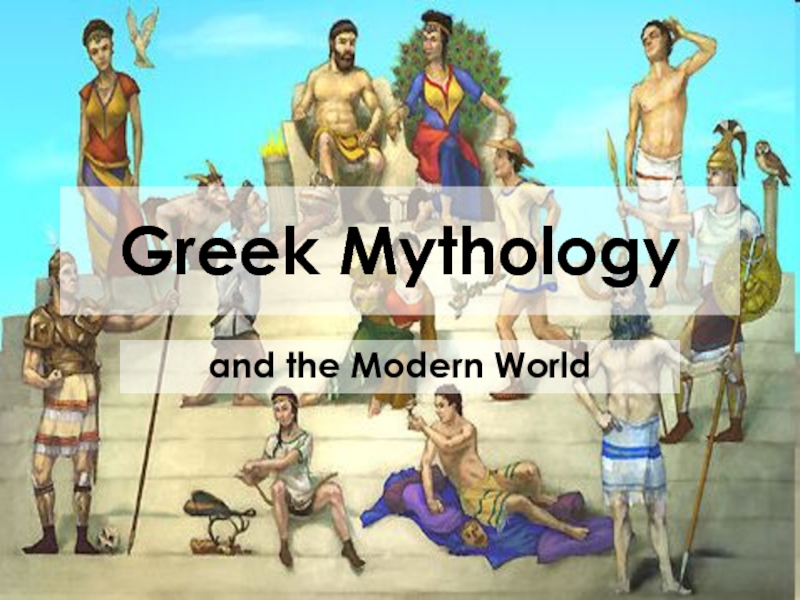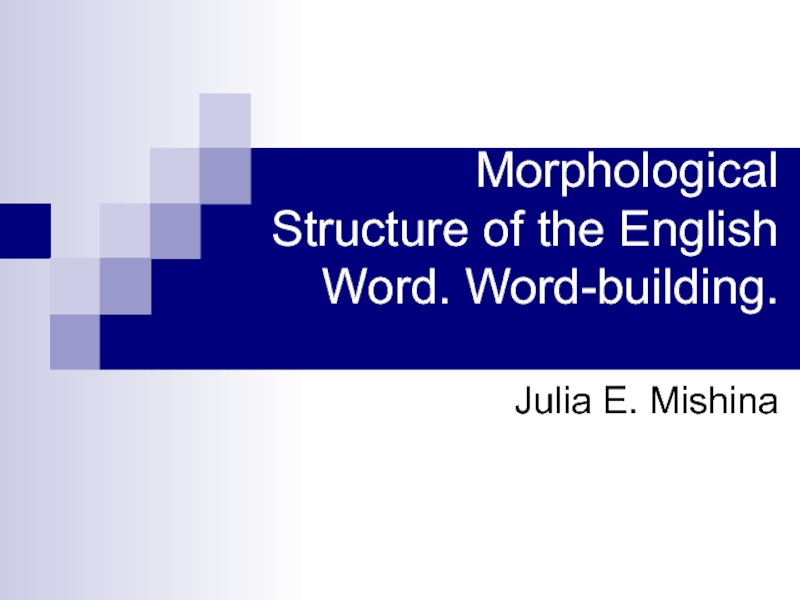- Главная
- Разное
- Дизайн
- Бизнес и предпринимательство
- Аналитика
- Образование
- Развлечения
- Красота и здоровье
- Финансы
- Государство
- Путешествия
- Спорт
- Недвижимость
- Армия
- Графика
- Культурология
- Еда и кулинария
- Лингвистика
- Английский язык
- Астрономия
- Алгебра
- Биология
- География
- Детские презентации
- Информатика
- История
- Литература
- Маркетинг
- Математика
- Медицина
- Менеджмент
- Музыка
- МХК
- Немецкий язык
- ОБЖ
- Обществознание
- Окружающий мир
- Педагогика
- Русский язык
- Технология
- Физика
- Философия
- Химия
- Шаблоны, картинки для презентаций
- Экология
- Экономика
- Юриспруденция
Middle english. Lecture 3 презентация
Содержание
- 1. Middle english. Lecture 3
- 2. Scandinavian Invasions The remarkable feature
- 3. Scandinavian Invasions The Scandinavian conquest had far-reaching
- 4. The Norman Conquest The Norman Conquest, which
- 5. The Norman Conquest In 1066 king
- 6. Spelling Changes in Middle English The written
- 7. French Scribal Tradition Many innovations in
- 8. French Scribal Tradition 3) The two-fold use
- 9. Wider Use of Diagraphs In Late
- 10. Wider Use of Diagraphs *
- 11. Replacements to Avoid Confusion of Resembling Letters
- 12. Interchangeable Letters W and U were
- 13. Ornamentation of a Word Sometimes y
Слайд 2 Scandinavian Invasions
The remarkable feature of the ME period is great
differences in regional dialects. They were accentuated by such historical events as the Scandinavian invasions and the Norman conquest.
Scandinavian conquest of England had begun as early as the 8th century. In the late 9th c. the Scandinavians had occupied the whole English territory north of the Thames. This territory was called Danelaʒ (Danish Law).
In 1016 the Danish king Knut (Canute) became ruler of England. Scandinavian power was overthrown in 1042 when the power of the old English nobility was restored under King Edward the Confessor.
Scandinavian conquest of England had begun as early as the 8th century. In the late 9th c. the Scandinavians had occupied the whole English territory north of the Thames. This territory was called Danelaʒ (Danish Law).
In 1016 the Danish king Knut (Canute) became ruler of England. Scandinavian power was overthrown in 1042 when the power of the old English nobility was restored under King Edward the Confessor.
Слайд 3 Scandinavian Invasions
The Scandinavian conquest had far-reaching consequences (далеко идущие последствия) for
the English language. The Scandinavian dialects belonged to the North Germanic languages and their phonetic and grammatical structure was similar to that of OE. Scandinavians and Englishmen could understand each other well without translation. As a result, Scandinavian and English dialects blended. This process was especially intensive in the north and east of the country.
Слайд 4 The Norman Conquest
The Norman Conquest, which began in 1066, proved to
be a turning point in the English history and had a considerable influence on the English language. The Normans were Scandinavians by origin: Norman< Norþman. In the 9th c. they began inroads (набеги) on the northern coast of France. Later this territory was called Normandy. So, the Normans settled in France, mixed with the native population and adopted the French language.
In the 11th c., in spite of the Scandinavian origin, they were bearers of French feudal culture (носители французской феодальной культуры) and of the French languаge.
In the 11th c., in spite of the Scandinavian origin, they were bearers of French feudal culture (носители французской феодальной культуры) and of the French languаge.
Слайд 5The Norman Conquest
In 1066 king Edward the Confessor died. William,
Duke of Normandy, who had claimed (заявлять о правах) the English throne, assembled an army, landed in England and routed (разгромить) the English troops under king Harold near Hastings on the 14th of October, 1066. The Normans became masters of England. During several centuries French was the dominating language in England. It was the language of the court, the government, the church. English was reduced to a lower social sphere: the main mass of peasantry (крестьянство) and townspeople. The struggle between the English and French languages lasted for 3 centuries and resulted in the following:
It ended in favour of English;
The Engish was considerably changed: its vocabulary enriched by a great number of French words; its grammatical structure underwent material changes.
It ended in favour of English;
The Engish was considerably changed: its vocabulary enriched by a great number of French words; its grammatical structure underwent material changes.
Слайд 6Spelling Changes in Middle English
The written forms of the words in
Late ME texts resemble their modern forms. But the words were pronounced according to OE pronunciation habits.
In OE Germanic tribes used three different alphabets: Latin, Greek, but the earliest was the Runic alphabet. It was employed in inscriptions (надписи) on hard material: stones, bones and so on.
The word ‘rune’ originally meant ‘secret’, ‘mystery’. The runes were used as letters; each letter to indicate a separate sound.
Thus, thorn þ ‘thorn’ stood for [θ] or [ð]; wynn Ƿ ‘joy’ - [w].
In ME the runic letters went out of use.
þ ‘thorn’, ð, Ð ‘eth’ were replaced by th
Ƿ ‘wynn’ by w
In OE Germanic tribes used three different alphabets: Latin, Greek, but the earliest was the Runic alphabet. It was employed in inscriptions (надписи) on hard material: stones, bones and so on.
The word ‘rune’ originally meant ‘secret’, ‘mystery’. The runes were used as letters; each letter to indicate a separate sound.
Thus, thorn þ ‘thorn’ stood for [θ] or [ð]; wynn Ƿ ‘joy’ - [w].
In ME the runic letters went out of use.
þ ‘thorn’, ð, Ð ‘eth’ were replaced by th
Ƿ ‘wynn’ by w
Слайд 7 French Scribal Tradition
Many innovations in ME spelling are due to the
French scribal tradition.
1) E.g. diagraphs ou, ie, ch were adopted together with French borrowings and began to indicate in English [u:, e, ʧ ].
Fr. double ME out [u:t] from OE ūt
2) The letters j, k, v, q were first used in imitation of French manuscripts.
1) E.g. diagraphs ou, ie, ch were adopted together with French borrowings and began to indicate in English [u:, e, ʧ ].
Fr. double ME out [u:t] from OE ūt
2) The letters j, k, v, q were first used in imitation of French manuscripts.
Слайд 8 French Scribal Tradition
3) The two-fold use of g,c owes its origin
to French as well.
g – [ʤ ], c – [s] before front vowels
e.g. gentil, mercy
g – [g], c – [k] before back vowels
e.g. good [go:d], cours [ku:rs]
g – [ʤ ], c – [s] before front vowels
e.g. gentil, mercy
g – [g], c – [k] before back vowels
e.g. good [go:d], cours [ku:rs]
Слайд 9 Wider Use of Diagraphs
In Late ME there appeared the diagraph sh
(ssh,sch) to denote the sibilant [ʃ]:
OE scip>ME ship
The sound [ʤ] could be shown by g, j and the diagraph dg:
ME edge [eʤə]
Wh replaced the OE sequence hw:
OE hwæt>ME what [хwat]
OE scip>ME ship
The sound [ʤ] could be shown by g, j and the diagraph dg:
ME edge [eʤə]
Wh replaced the OE sequence hw:
OE hwæt>ME what [хwat]
Слайд 10 Wider Use of Diagraphs
* Long sounds were shown by double
letters:
OE bōc > ME book [bo:k]
* The diagraph gh helped to distinguish
fricatives [х, х’] from the aspirate [h]:
ME knyght [kniх’t]
ME he [he:]
OE bōc > ME book [bo:k]
* The diagraph gh helped to distinguish
fricatives [х, х’] from the aspirate [h]:
ME knyght [kniх’t]
ME he [he:]
ʃ
Слайд 11Replacements to Avoid Confusion of Resembling Letters
The letter o could denote
in ME not only the sound [o], but [u] as well. O was used instead of U when U in OE words stood next to m, n, v.
The reason for it is the following. The letters u, n, m, v were made up of vertical down strokes (вертикальные штрихи) and were hard to distinguish in written texts.
OE munuc > ME monek [munək] , monk
The reason for it is the following. The letters u, n, m, v were made up of vertical down strokes (вертикальные штрихи) and were hard to distinguish in written texts.
OE munuc > ME monek [munək] , monk
Слайд 12 Interchangeable Letters
W and U were interchangeable in the diagraphs ou, ow
ME doun, down [du:n]
Y was an equivalent of I (if it didn’t stand at the beginning of the word; in this case it denoted [j] yet), but it was preferred when I could be confused with the letters n,m and others.
Слайд 13 Ornamentation of a Word
Sometimes y as well as w were put
at the end of a word for purely ornamental reasons, so as to finish the word with a curve.
ME very ['veri], my [mi:]
ME very ['veri], my [mi:]
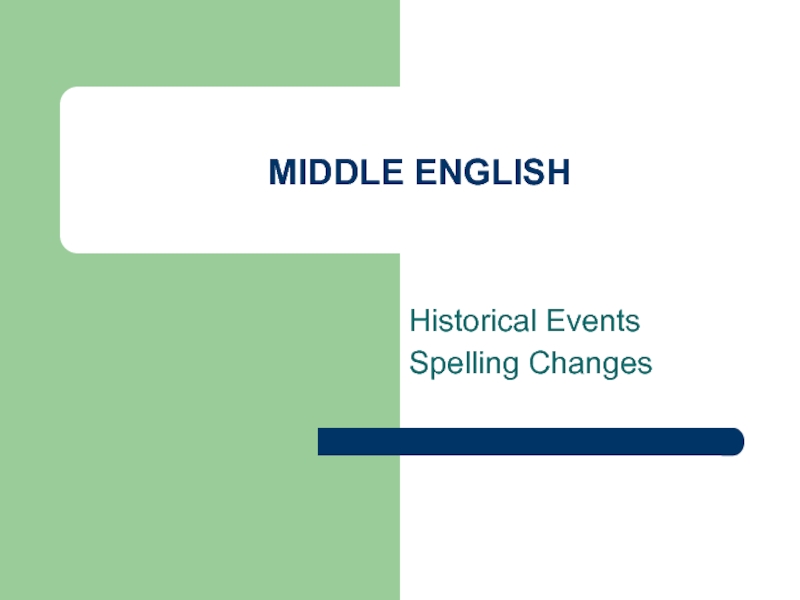
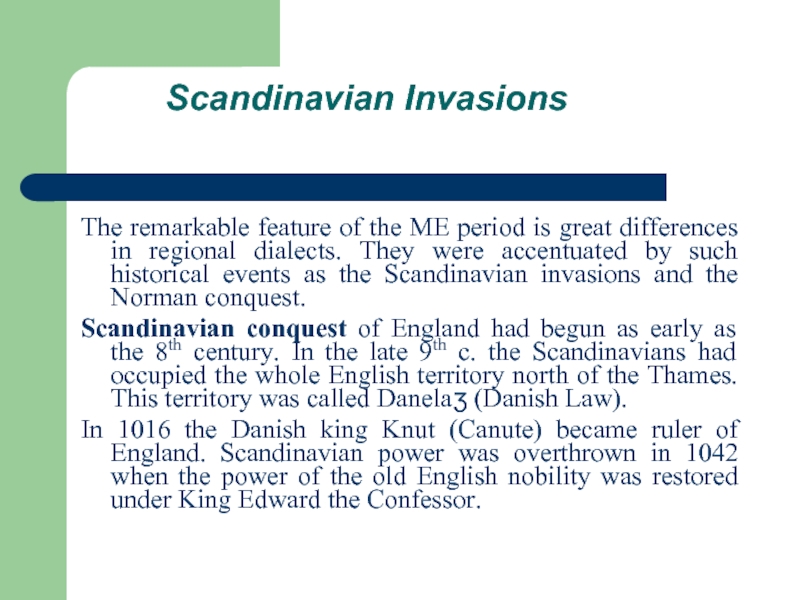
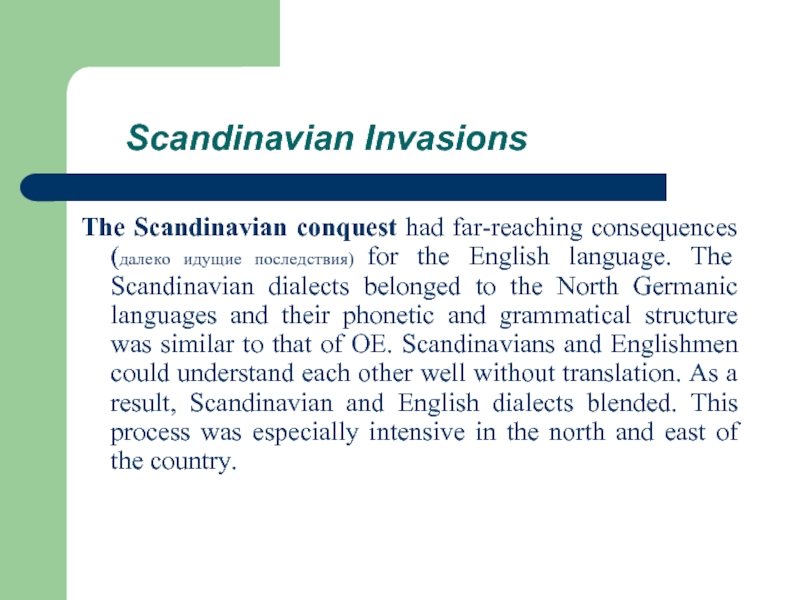
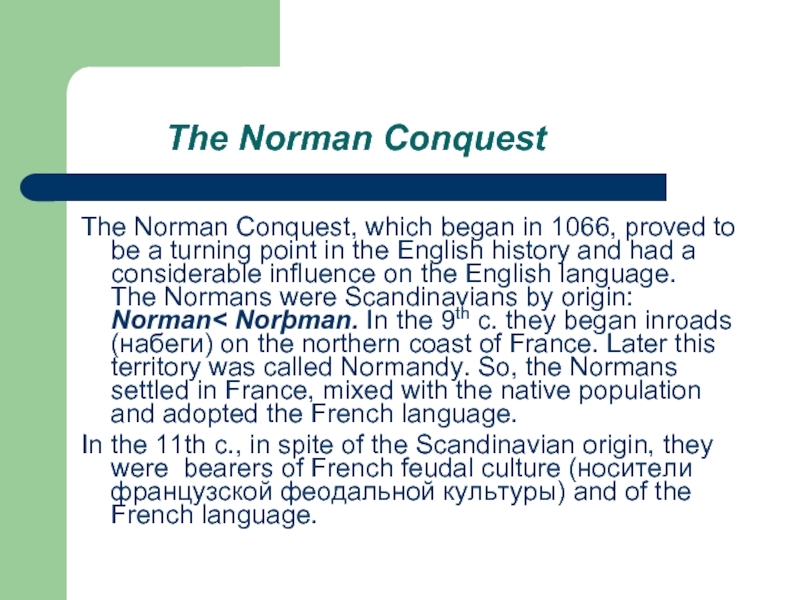
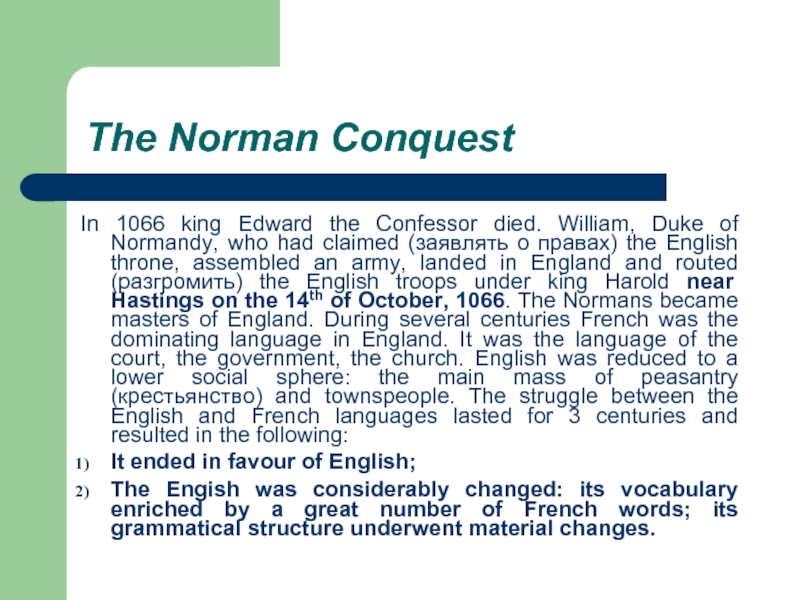
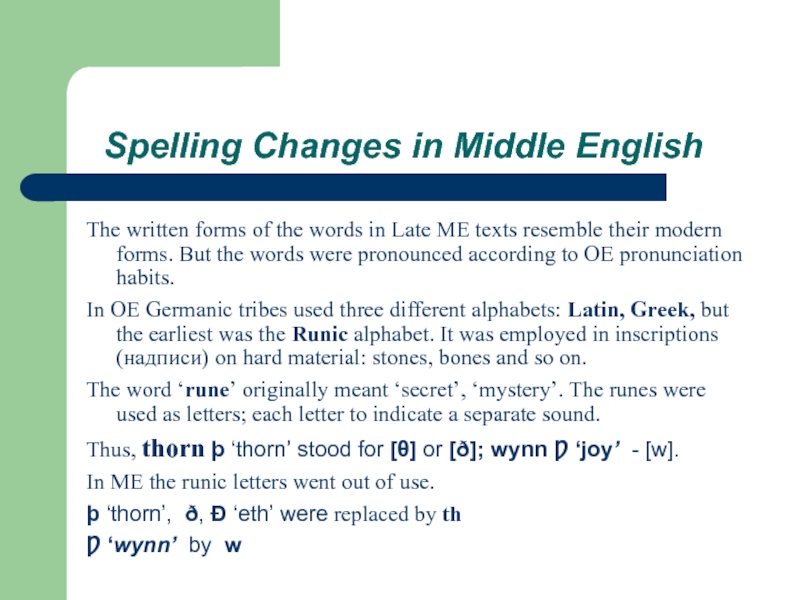
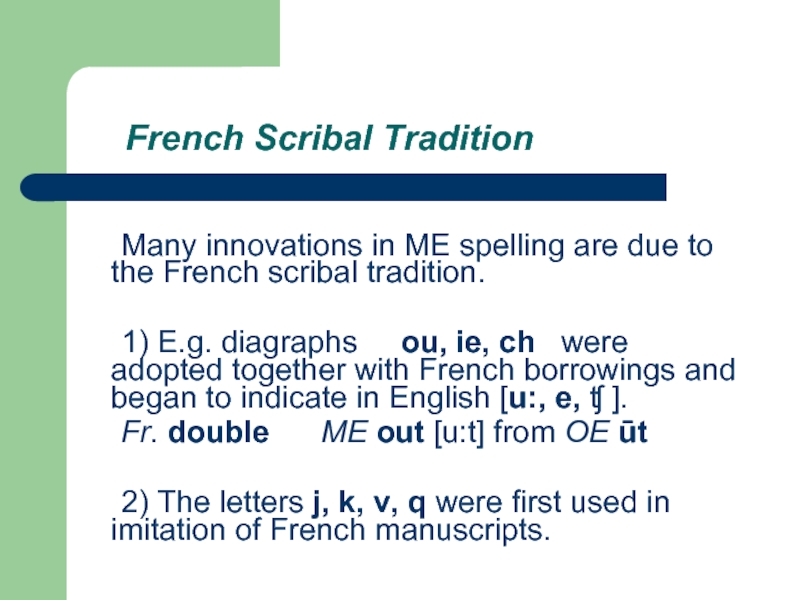
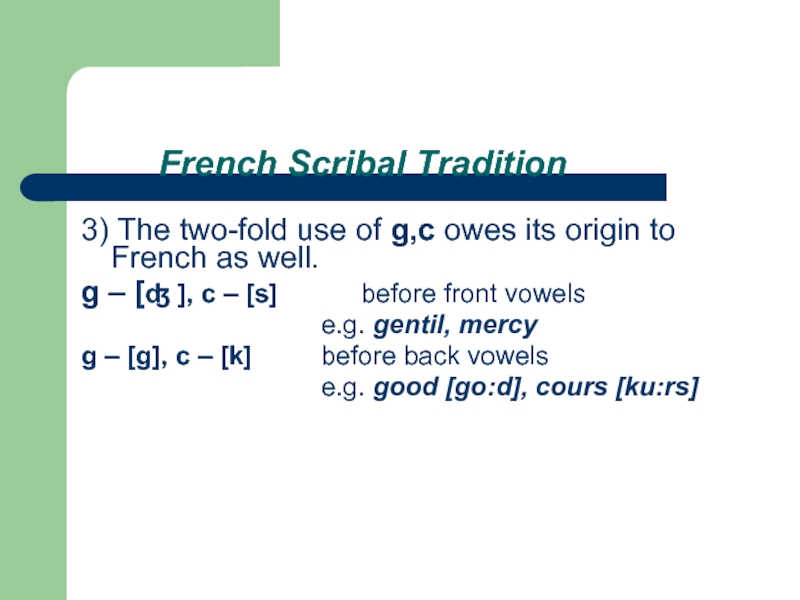
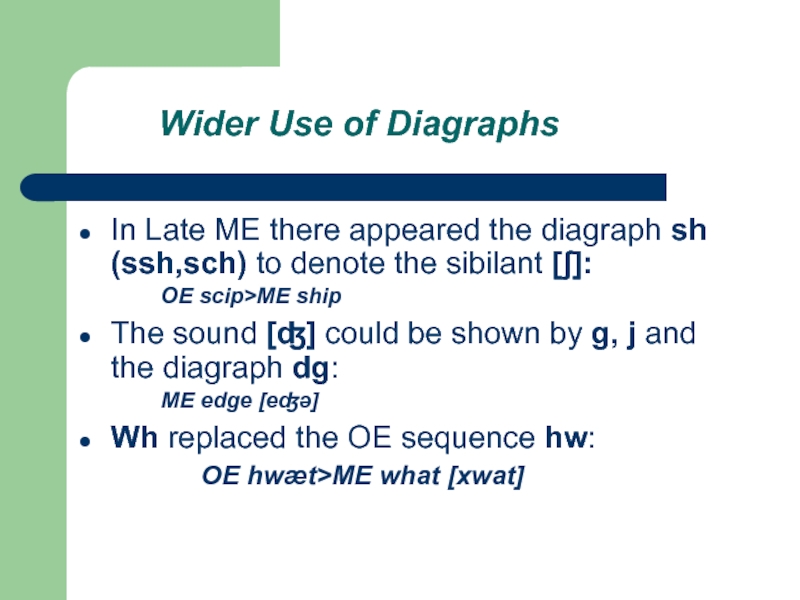
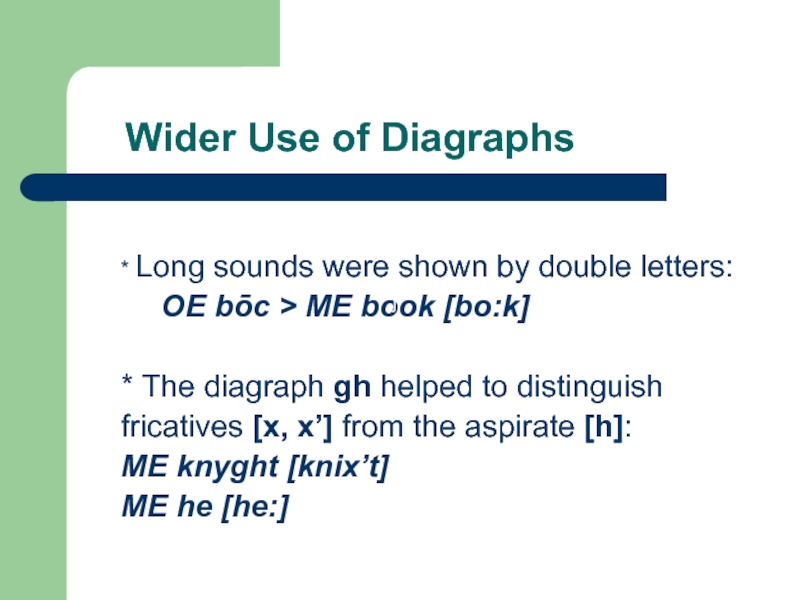
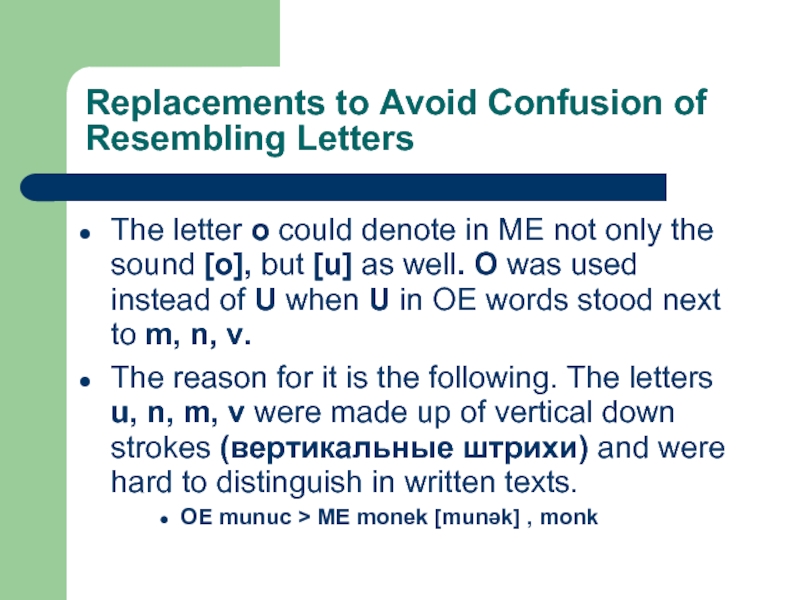
![Interchangeable LettersW and U were interchangeable in the diagraphs ou, ow ME doun, down [du:n]Y](/img/tmb/1/49524/72dfed569398e75bd5ca80a2cc080e59-800x.jpg)
